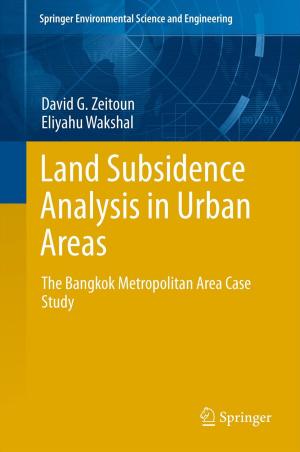Stone Cladding Engineering
Nonfiction, Science & Nature, Technology, Material Science, Engineering, Civil| Author: | Rui de Sousa Camposinhos | ISBN: | 9789400768482 |
| Publisher: | Springer Netherlands | Publication: | August 20, 2013 |
| Imprint: | Springer | Language: | English |
| Author: | Rui de Sousa Camposinhos |
| ISBN: | 9789400768482 |
| Publisher: | Springer Netherlands |
| Publication: | August 20, 2013 |
| Imprint: | Springer |
| Language: | English |
This volume presents new methodologies for the design of dimension stone based on the concepts of structural design while preserving the excellence of stonemasonry practice in façade engineering. Straightforward formulae are provided for computing action on cladding, with special emphasis on the effect of seismic forces, including an extensive general methodology applied to non-structural elements. Based on the Load and Resistance Factor Design Format (LRDF), minimum slab thickness formulae are presented that take into consideration stress concentrations analysis based on the Finite Element Method (FEM) for the most commonly used modern anchorage systems. Calculation examples allow designers to solve several anchorage engineering problems in a detailed and objective manner, underlining the key parameters. The design of the anchorage metal parts, either in stainless steel or aluminum, is also presented.
This volume presents new methodologies for the design of dimension stone based on the concepts of structural design while preserving the excellence of stonemasonry practice in façade engineering. Straightforward formulae are provided for computing action on cladding, with special emphasis on the effect of seismic forces, including an extensive general methodology applied to non-structural elements. Based on the Load and Resistance Factor Design Format (LRDF), minimum slab thickness formulae are presented that take into consideration stress concentrations analysis based on the Finite Element Method (FEM) for the most commonly used modern anchorage systems. Calculation examples allow designers to solve several anchorage engineering problems in a detailed and objective manner, underlining the key parameters. The design of the anchorage metal parts, either in stainless steel or aluminum, is also presented.















